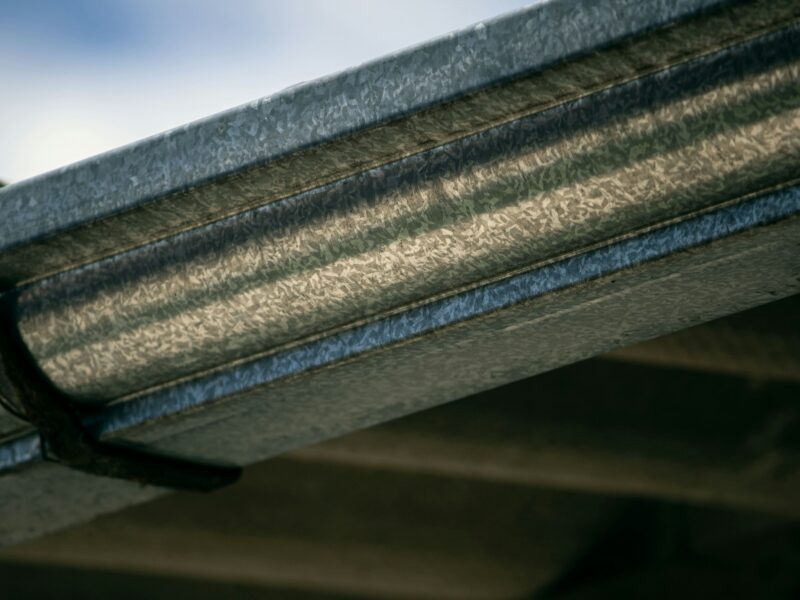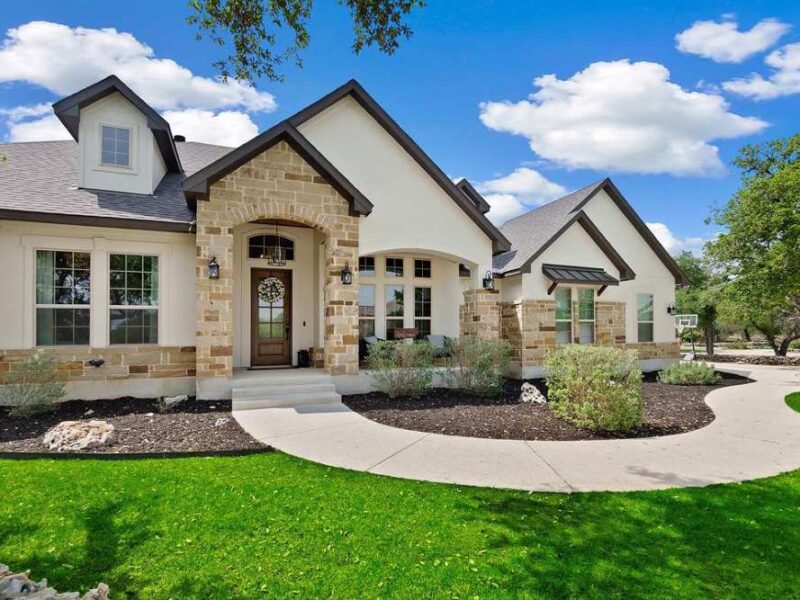Modern windows are marvels of engineering, offering far more than just a view. Today’s windows provide enhanced energy efficiency, improved security, and superior comfort. They can significantly reduce your energy bills, block harmful UV rays, and minimize outside noise.
By upgrading your windows, you’re investing in your home’s overall performance and your family’s quality of life. The right windows can transform your living space, making it more comfortable, efficient, and valuable.
Contents
- 1 Window Styles: Finding Your Perfect Match
- 2 Frame Materials: The Foundation of Great Windows
- 3 The Installation Process: From Old to New
- 4 Energy Efficiency Decoded: Understanding Window Ratings
- 5 Choosing the Right Contractor: Your Window Replacement Partner
- 6 The Investment Perspective: Long-Term Benefits of Window Replacement
- 7 Sustainability and Maintenance: Caring for Your New Windows
Window Styles: Finding Your Perfect Match
The world of windows offers a variety of styles to suit every home and preference. Double-hung windows provide classic appeal with two movable sashes. Casement windows, hinged on one side, offer maximum ventilation. Sliding windows are perfect for spaces with horizontal emphasis.
Picture windows provide unobstructed views, while bay or bow windows add architectural interest and extra interior space. Awning windows, hinged at the top, are great for ventilation even during light rain. Understanding these options helps you select the best fit for your home’s style and your personal needs.
Frame Materials: The Foundation of Great Windows
The material you choose for your window frames can significantly impact their performance, durability, and maintenance needs. Vinyl windows offer low maintenance and good energy efficiency at an affordable price. Wood windows provide timeless beauty and excellent insulation but require more upkeep.
Fiberglass windows are known for their strength and stability, making them ideal for extreme climates. Composite windows combine the best qualities of different materials for optimal performance. Aluminum windows are lightweight and strong, perfect for modern architectural styles. Consider your climate, budget, and maintenance preferences when making your choice.
The Installation Process: From Old to New
While professional installation is recommended, understanding the process can help you make informed decisions. The journey typically involves assessing your current windows, taking precise measurements, selecting your new windows, removing the old ones, installing the new windows, ensuring proper insulation, and finishing with exterior caulking and interior trim.
Each step is crucial for ensuring your new windows perform optimally and look great for years to come. Proper installation is key to maximizing the benefits of your new windows.
Energy Efficiency Decoded: Understanding Window Ratings
Navigating energy efficiency ratings is key to choosing windows that will perform well in your climate. The U-Factor measures heat transfer, with lower numbers indicating better insulation. The Solar Heat Gain Coefficient (SHGC) shows how much solar heat passes through the window.
Air Leakage ratings reveal how drafty a window might be, while Visible Transmittance indicates how much light passes through. Look for ENERGY STAR certified windows for assured energy efficiency. By understanding these ratings, you can select windows that will help keep your home comfortable and energy-efficient year-round.
Choosing the Right Contractor: Your Window Replacement Partner
Selecting the right contractor is crucial for a successful window replacement project. Look for licensed and insured professionals with solid reputations. Request and compare multiple quotes, check references, and read online reviews.
Ensure they offer warranties on both products and installation, and verify that they’ll obtain necessary permits and adhere to local building codes. A skilled contractor can make the difference between a smooth, successful project and a costly headache. Don’t hesitate to ask potential contractors about their experience with specific window types or brands.
The Investment Perspective: Long-Term Benefits of Window Replacement
While window replacement can be a significant upfront cost, it’s important to consider the long-term benefits. Energy-efficient windows can lead to substantial savings on heating and cooling costs over time. They can also increase your home’s value and appeal to potential buyers if you decide to sell.
Improved comfort, reduced noise, and enhanced aesthetics are additional benefits that contribute to the overall value of your investment. Some homeowners may also qualify for tax credits or rebates for installing energy-efficient windows, further offsetting the initial cost.
Sustainability and Maintenance: Caring for Your New Windows
From a sustainability perspective, new windows can help reduce your home’s carbon footprint by lowering energy consumption. Some window materials are also recyclable at the end of their lifespan, contributing to a more eco-friendly home improvement project.
To maintain your new windows and ensure their longevity, regular cleaning and maintenance are essential. This typically includes cleaning the glass and frames, lubricating moving parts, and inspecting seals and weatherstripping. With proper care, your new windows can continue to enhance your home’s performance and appearance for many years to come.



